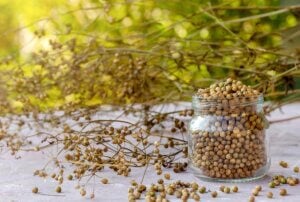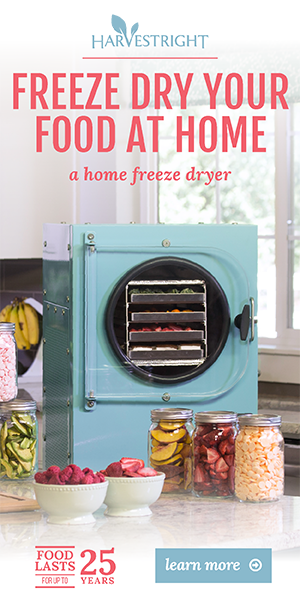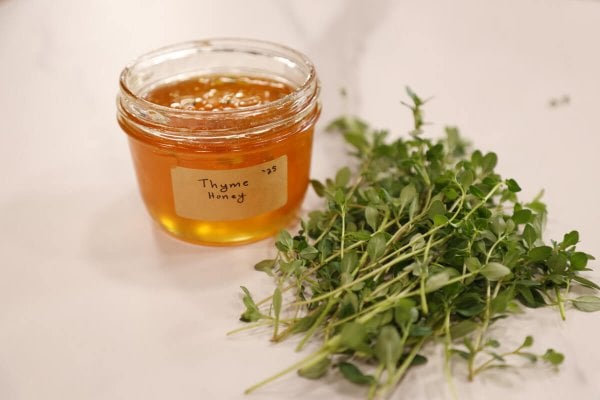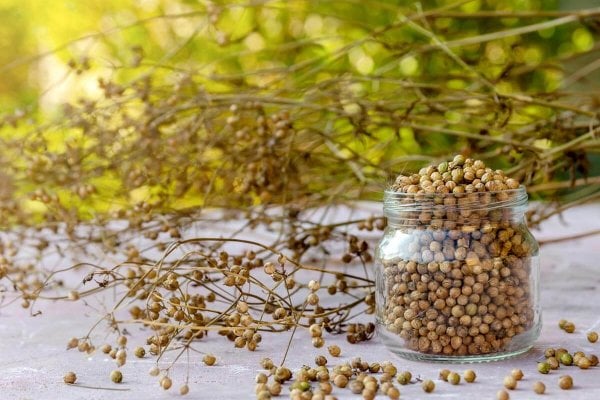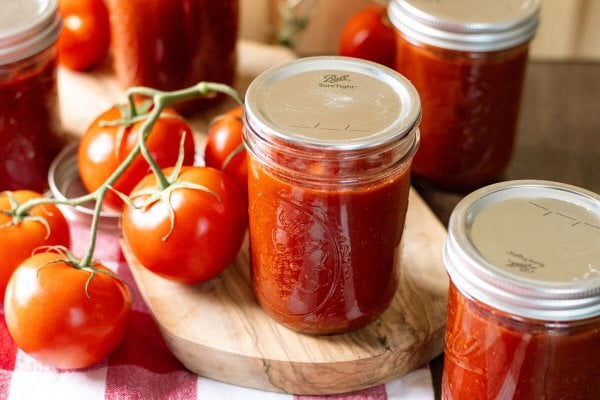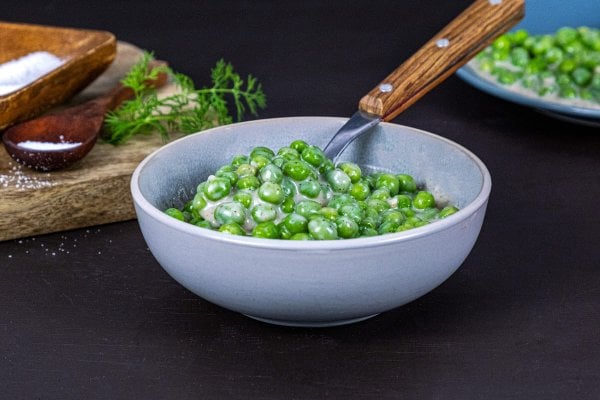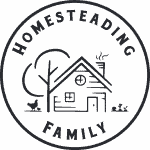Bleach is a key player in cleaning for both homes and industries. It’s great for disinfecting, fighting mold and mildew, and removing stains. Yet, careful use and safety measures are a MUST to keep your home safe and healthy.

Use this guide to learn about the different forms of bleach, environmental impacts, safety precautions to consider, and even safer and eco-friendly cleaning alternatives.
Why I Don’t Use Household Bleach
While household bleach is an effective solution for keeping homes clean, the risks associated with using chlorine bleach led me to look for safer and more natural solutions. I’ve found ways to use common household ingredients such as baking soda, washing soda, hydrogen peroxide and vinegar, as well as these unexpected uses for dish soap, borax, cream of tartar and even Epsom salt.
I also like to make simple cleaning solutions like this all-purpose cleaning powder and this homemade glass cleaner. These affordable alternatives are a perfect fit for my household management system and keep our household running productively.

What Is Household Bleach
Household bleach is a common cleaning product (such as Clorox® Bleach.) It typically contains 4-8% Sodium hypochlorite (NaOCl), but stronger bleaches can have up to 15.5%.
Sodium hypochlorite’s powerful disinfectant and antimicrobial actions make it a tempting choice for household use, and the dangers are often overlooked. Use this guide to understand the critical differences between cleaning and sanitizing.
Another form of household bleach is non-chlorine bleach. It is a completely different formulation, using chemicals like sodium percarbonate and Borax. While our main focus here is chlorine bleach, you can find safer alternatives to non-chlorine bleach in my post on hydrogen peroxide uses.

Safety Concerns of Household Bleach
Bleach is dangerous and requires proper handling, such as using eye protection and gloves, having adequate ventilation, and never allowing it to be accessible to kids, pets, and livestock. Here are some risks to consider when handling bleach:
- Respiratory Issues – Using bleach frequently might cause poor air quality. This is especially bad for people with breathing problems. It can cause asthma, lung issues, and allergies. You might get headaches and feel sick if you breathe too much bleach. (Source)
- Irritation to Mucous Membranes – Bleach doesn’t just clean; it can also hurt your eyes, nose, and mouth. You’ll feel like they’re burning or stinging. This can happen if you breathe in too much or if it touches your skin. (Source)
- Effects on Human Microbiome – Too much bleach might mess with your body’s helpful germs. This can make you sick and weaken your immune system. So, it’s best not to overuse it. (Source)
- Toxic Inhalation – Breathing in a lot of bleach can also be bad for pets. It might cause stomach, lung, or kidney problems. Keep bleach out of reach to avoid any accidents. (Source)
- Air Pollution – Chlorine in bleach leads to air pollution by emitting chlorofluorocarbons (CFCs). When bleach is used indoors, it also lets out volatile organic compounds (VOCs). (Source)
- Hazardous Runoff – Bleach improperly disposed of can harm drinking water supplies, wildlife, and plants. (Source) It can also damage a greywater system or septic tank. (Source)
Bleach is also highly reactive and should never be mixed with other common household chemicals, which could cause dangerous reactions and serious health issues.
- Mixing Bleach With Ammonia – Ammonia is found in cleaning products, glass cleaners, paints, and even urine. Mixing bleach with ammonia produces toxic and potentially deadly chloramine gas that can irritate the lungs, eyes, nose and throat. (Source)
- Mixing Bleach With Acids – Vinegar, glass cleaners, and some toilet cleaners contain acid. If you mix these with bleach, they release chlorine gas. Breathing in this gas can irritate your throat or cause more serious breathing issues. Contact exposure to hydrochloric acid can also cause serious burns to the skin, eyes, nose, throat, mouth, and lungs. (Source)
- Mixing Bleach With Rubbing Alcohol – Using alcohol with bleach creates a toxic chemical called chloroform. Exposure to chloroform can harm the nervous system and organs, cause unconsciousness, and even affect the heartbeat. (Source)

Natural Alternatives to Household Bleach
These safety concerns no doubt lead you to seek natural cleaning choices. Fortunately, there are many safe and effective options available to replace harsh bleaches. Check out these alternatives that you likely already have in your home.
| Common Bleach Use | Safer Alternative Method |
|---|---|
| Whiten Laundry | Hydrogen peroxide is a natural bleaching alternative for whitening clothes. For a safer way to brighten your clothes, follow the instructions in hydrogen peroxide uses. |
| Laundry Stain Removal | Depending on the origin of the stain, there are several options to try: – Vinegar for underarm stains and ring around the collar – Hydrogen peroxide for blood stains – Dish soap for grease stains – Baking soda for grass stains – Cream of tartar for ink stains – Washing soda for heavily soiled clothing – Borax for general stains |
| Disinfecting Surfaces | Spray undiluted 3% peroxide on the surface and allow it to sit for five minutes. Wipe clean with a cloth or a sponge. |
| Remove Hard Water Stains on Dishes | Mix equal parts of water and vinegar in a clean sink. Add the dishes and allow them to sit for 30 minutes. Using a sponge, gently scrub away the hard water stains. Rinse, and allow to air dry. |
| Disinfect Cutting Boards | Spray undiluted 3% peroxide on the surface and allow it to sit for five minutes. Wipe clean with a cloth or a sponge. |
| Remove Tea and Coffee Stains | Mix enough water with cream of tartar to create a thick paste. Apply to coffee or tea stained mugs, and let it sit for 15 minutes. Using a sponge, scrub away the stain and rinse off the remaining paste. |
| Mopping Floors | In a clean bucket, mix equal parts of 3% peroxide with distilled water. Mop as usual, and allow to air dry. |
| Cleaning Toilets | Sprinkle cream of tartar on a toilet brush, and scrub away grime. When finished, flush to reveal a sparkling clean toilet bowl. |
| Mold and Mildew | Mix one cup of Borax into a gallon of warm water. Use this solution instead of bleach to scrub away mold and mildew stains. |
| Tile Grout | Mix equal parts of peroxide and baking soda and apply to grout. Allow to sit for 5 minutes. Scrub the grout with a toothbrush, and wipe away the grime with a clean sponge. |
| Shower Curtains | Place the shower curtain in the washing machine. Add a cup of white vinegar, and wash on the hottest setting. |
| Cut Flowers | Add a tablespoon each of vinegar and sugar to a vase full of fresh water before adding your cut flowers. |
| Windows | Use this DIY glass cleaner to keep your windows sparkling clean without the need for bleach. |
| Killing Weeds | Mix a cup of Borax with a gallon of water and apply it directly to kill weeds growing in the cracks of cement, patios, and driveways. However, do not use this method in your garden. Instead, follow these steps for managing weeds in the garden. |
| Kill Moss and Algae | Apply undiluted vinegar where moss and algae grow in the cracks of cement, patios, and driveways. Allow it to sit overnight, and use a power washer to wash away the dead moss and algae. |
| Cleaning Garden Tools | Soak your garden tools and reusable seed starting supplies in 3% peroxide for 15 minutes. Remove the tools and allow them to air dry. |
| Sanitize Plastic Toys | Pour 3% peroxide into a clean container, and add the desired toys. Allow to soak for 20 minutes, remove (rinse if they are toys that may go into children’s mouths), and allow to air dry. |
And there you have it! With other readily accessible options, it’s an easy choice to pass on the bleach without compromising the cleanliness of your home.
As an added bonus, these natural options can help you save money on cleaning, too. So, start using these safer methods and enjoy the cost savings, while simultaneously protecting the health of your family, pets, livestock, and the environment.

FAQ
Household bleach comes in two kinds: chlorine and non-chlorine. Chlorine bleach uses chlorine to clean. Non-chlorine bleach has no chlorine but instead uses chemicals like sodium percarbonate and Borax.
Chlorine bleach starts to break down as soon as it’s made. This happens because the chlorine in it turns into a gas. This process speeds up in heat and light.
If you choose to use bleach, it can clean and disinfect many things in your home. It’s good for whitening clothes and removing stains. It’s also used to clean pools, wash dishes, and on patio furniture. At higher strengths, bleach can kill weeds and clean surfaces.
Always wear eye protection and gloves when cleaning with bleach. Use it in a well-ventilated area, away from kids and pets. Too much exposure to bleach can harm your breathing and eyes. Pets can also get sick if they breathe it in.
Overusing bleach can pollute indoor air. Making bleach in factories adds to air pollution. If bleach gets in the water, it can hurt animals and plants. This is especially true for homes that use greywater or have septic tanks.
Don’t mix bleach with ammonia or acids. Ammonia is in glass cleaners and urine. Acids are in some cleaners. Mixing bleach with these can make toxic gas. Bleach and alcohol mix creates a toxic substance, too.
If you want to avoid bleach, you can choose natural alternatives such as vinegar, baking soda, cream of tartar or hydrogen peroxide.
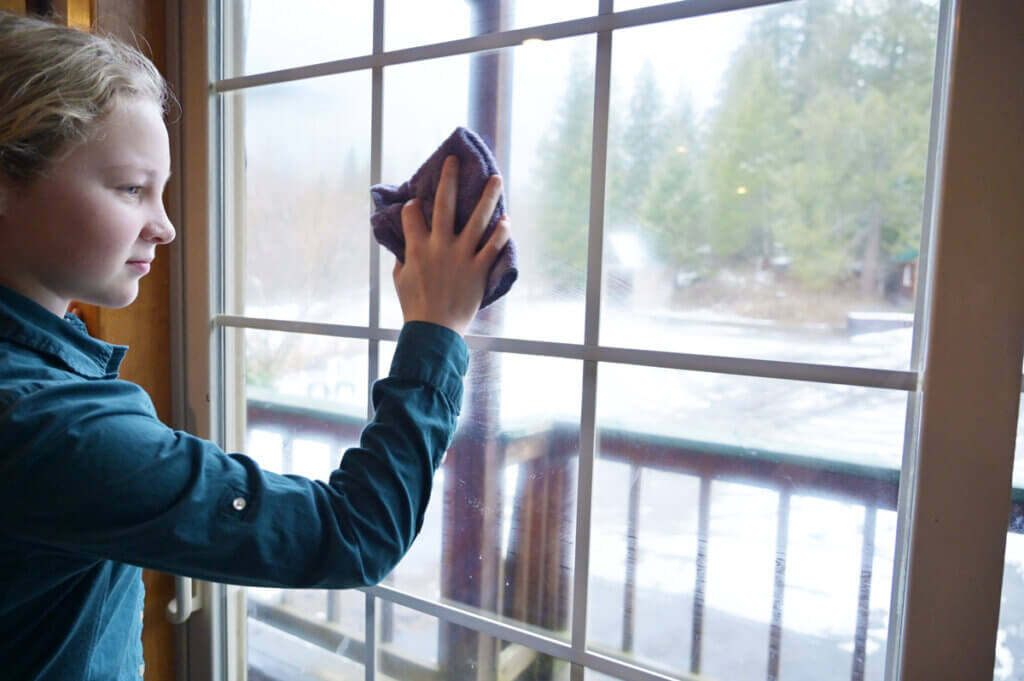
Other Posts You May Enjoy
- Versatile Uses for Borax Around Your Home
- Vinegar Uses: Discover Surprising Household Hacks
- Baking Soda Uses: Cleaning Tips & Household Hacks
- Washing Soda Uses: My Top Tips for Clean Living
- Unexpected Dish Soap Uses – Tips & Tricks!
- Hydrogen Peroxide Uses: Clever Cleaning Tips
- Versatile Cream of Tartar Uses in Your Home
- Versatile Epsom Salt Uses for the Home





